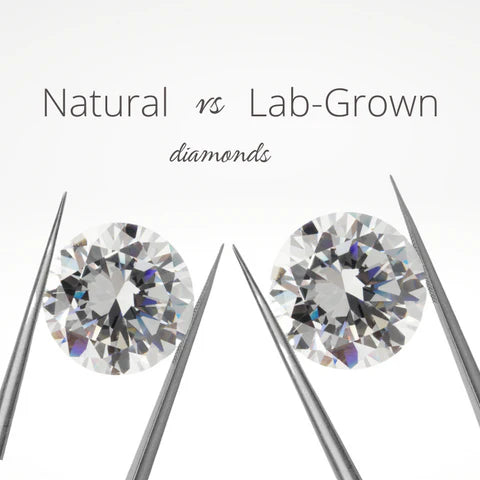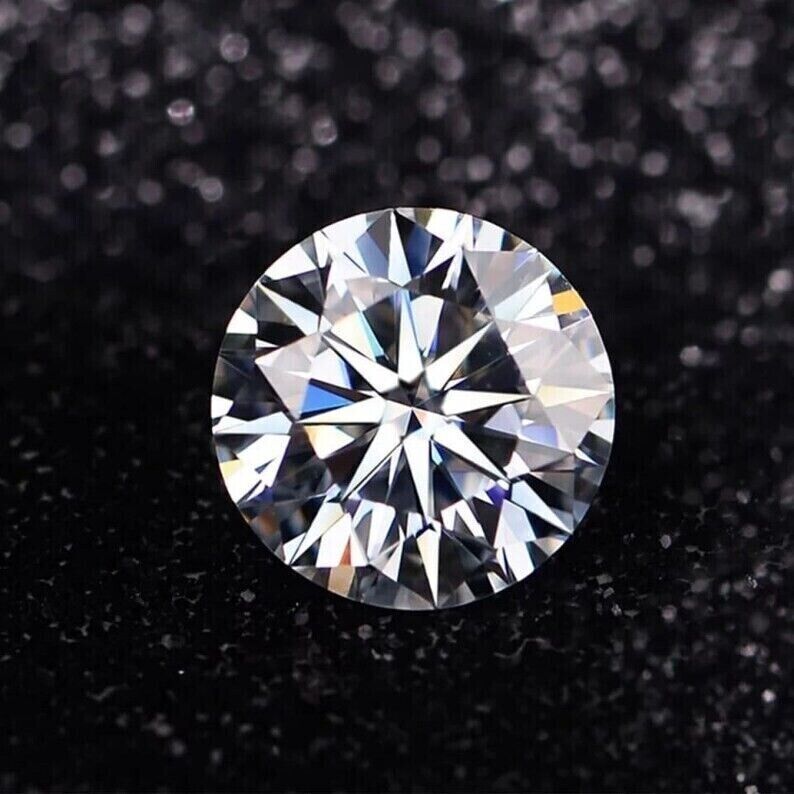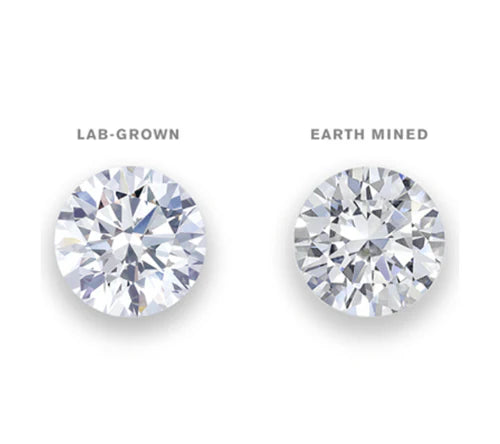Difference between Lab and Natural Diamond
Natural diamonds and lab-created diamonds are the two primary market segments in the diamond industry. Although they are both incredibly beautiful and brilliant, there are some significant distinctions between them that buyers should be aware of. Let’s explore the differences between lab-created and real diamonds so you can choose the ideal gemstone with expertise.

How They’re Created

Development
Lab-grown diamonds, on the other hand, are just that: diamonds grown in a lab. CVD (chemical vapor deposition) and HPHT (high-pressure high temperature) are the two methods used to create these types of stones; both involve using pure carbon, intense pressure, and high heat to develop the crystalline structure of the diamond. But here's the most important part: Since a diamond created in a lab isstillpure carbon, it is, chemically speaking, the exact same as a natural diamond.
Price
Price Difference
Alternatively, lab diamonds are going to be less expensive than natural diamonds—sometimes up to 50 percent less than a natural stone of similar grade—because they aren’t controlled by the same supply chains.

Value

Value Difference
The technology of lab-grown diamonds is also still evolving, which could lead to changes in their value. If they become easier to produce and cost less to make, their price will likely go down, which will drive down their value. Also, if future generations continue to deprioritize the diamond as a symbol of love and marriage, the value of both lab and natural diamonds may go down as there is less of a demand for them.
 We're Open On Christmas
We're Open On Christmas
 We're Open On Christmas
We're Open On Christmas

